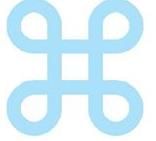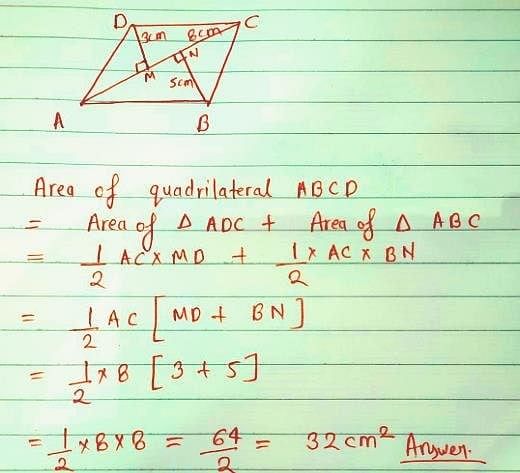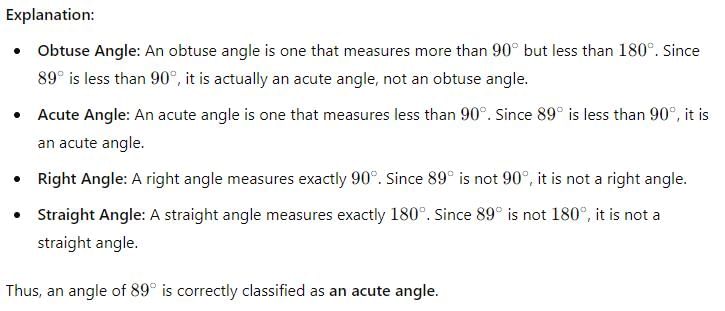CTET Practice Test: Mathematics - 1 - CTET & State TET MCQ
30 Questions MCQ Test - CTET Practice Test: Mathematics - 1
Find the number of lines of symmetry in the below figure:


In the adjoining figure, area of quadrilateral ABCD will be


The smallest 4-digit number having three different digits is
Which of the following is not a property of a rhombus?
Which of the following has the formula ½ (sum of parallel sides)×h
If the places of last two-digits of a three digit number are interchanged, a new number greater than the original number by 36 is obtained. What is the difference between the last two digits of that number?
To construct a ΔABC in which BC = 10 cm and ∠B= 60 degrees and AB + AC = 14 cm, then the length of BD used for construction.
Letter ‘A’ of the English alphabet have reflectional symmetry (i.e., symmetry related to mirror reflection) about.
In ∠PRQ, which of the following are the two arms?
Which of the following is the prime factorisation of 140?
The sum of the digits of a two-digit number is 6. If the digits are reversed, the number is decreased by 36. Find the number?
In the given figure, a circle touches all four sides of a quadrilateral PQRS, whose sides are PQ = 6.5 cm, QR = 7.3 cm, and PS = 4.2 cm, then RS is equal to
6 x ( 7 x 3 ) = ( 6 x 7) x 3 is an example of which property with respect to multiplication?
The largest 4-digit number, using digits 5, 9, 2 and 6 is [ you can repeat any digit two time ]
D and E are the mid-points of the sides AB and AC res. Of △ABC. DE is produced to F. To prove that CF is equal and parallel to DA, we need an additional information which is:
In a quadrilateral, half of the product of the sum of the lengths of parallel sides and the parallel distance between them gives the area of
If a Quadrilateral ABCD,∠A = 90∘ and AB = BC = CD = DA, Then ABCD is a
When rounded off to nearest thousands, the number 85642 is
If bisectors of ∠A and ∠B of a quadrilateral ABCD intersect each other at P, of ∠B and ∠C at Q, of ∠C and ∠D at R and of ∠D and ∠A at S, then PQRS is a
The formula for finding volume of cylinder is
Letter ‘G’ of the English alphabet have reflectional symmetry (i.e., symmetry related to mirror reflection) about.
The quantity that a container holds is called its























